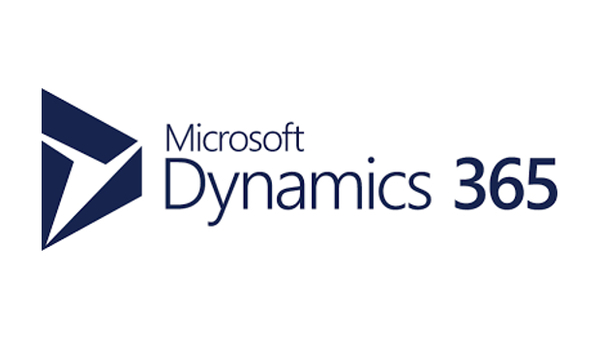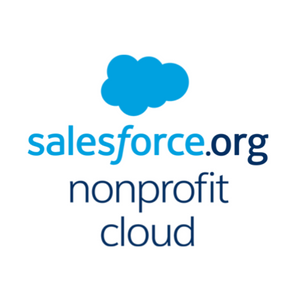Insights
INSIGHTS
All Topics
My Account
Why hybrid service delivery is the future
24 Nov 2021by Joe Lepper
Evidence is emerging that charity beneficiaries welcome an increasing focus on hybrid service delivery, which combines digital with in-person support
Research published by EY Foundation has given one of the clearest indications yet that charities’ use of hybrid service support is supported by beneficiaries.
The increasing use of hybrid service delivery, which has a strong digital element while maintaining a focus on face-to-face care, has emerged following COVID-19.
The health crisis saw a switch to digital-only support for some charities amid the pandemic. As health restrictions eased, however, technological support has remained, offering hybrid models of support alongside a resumption of in-person help.
Here we look in detail at the research’s findings and what lessons other charities can learn from adopting a hybrid service delivery approach.
Key findings
EY Foundation found that its hybrid support, to help young people find work and education opportunities, was the most backed form of service delivery.
It is supported by more than half (51%) of its beneficiaries. In comparison, just one in ten want digital-only help and 29% favour exclusively face-to-face support.
The report, which was carried out by the Learning and Work Institute for the charity, found that a key factor in this drive to combining support is that many disadvantaged people faced digital exclusion and welcome support that is face-to-face.
In comparison, other groups of beneficiaries, with digital skills and access to technology, prefer the accessibility that online support – such as web chats, webinars, and video conferencing guidance – can offer.
The survey was based on the views of hundreds of young people that use the charity’s support.
Accessibility
A particular success of hybrid delivery is mentoring support. Offering an online option reduced the need for travel for both mentors and young people. It also broadened the pool of mentors available, as they were not limited by location.
“One mentor described how she was able to connect her mentee, who aspired to be a pharmacist, with various professionals in the field, as well as a lecturer at the University he wanted to attend,” says the report. “She did not feel that this would have been as easy to facilitate had the mentoring taken place offline.”
Tackling anxiety
Online support as an option also helped young people when they felt anxious. The digital option meant they did not have to appear in front of a group of people face-to-face.
The report says: “Online tools offered alternative ways for less confident young people to communicate; for example, they could ask questions or share ideas using the chat function.
“Stakeholders felt participating in work experience online could be less intimidating for young people who lacked confidence and could help to ease them into the world of work.”
Lessons to learn
The EY Foundation research offers a raft of advice to other charities looking to adopt a hybrid model of service delivery.
Identify when face-to-face support should be used
While there are clear benefits of online service delivery, there are other areas of support where digital options do not work as well as in person help.
The EY Foundation points out that support to boost communication, independence skills as well as delivering real world experiences outside of a person’s home environment are best delivered face-to-face.
Use online support to promote inclusivity
Online support is vital to help tackle digital exclusion and improve the tech skills of beneficiaries needed to access employment, education and training opportunities.
A hybrid delivery model that focuses on inclusion also ensures that cost-effective, long-term support can be offered to the most disadvantaged groups, especially as they recover from the COVID-19 pandemic.
Remove barriers to online support
Barriers to delivering support online should be identified and addressed. This can include the cost to the beneficiary in accessing technology. Charities need to consider how beneficiaries may be digitally excluded and offer support and training in using equipment and software.
Other factors to tackle include poor internet connections and concerns around data plans, for those who can only access online support via their phone.
Stop differentiating between real life and digital
Charities are urged to stop seeing online and in person support as separate. Instead, they should recognise “digital relationship and communications as significant, important and an integral part of modern working practices”.
Encourage but don’t enforce use of cameras
EY Foundation’s research found that some young people did not want to use their cameras during online sessions. Sometimes this was a personal preference. While for others it was because they had poor internet connection or struggled to find a quiet place in their home.
Charities are advised to encourage beneficiaries to use cameras, which makes it easier for workers and volunteers to deliver sessions. But they should never force them to use cameras.
More on this topic
Recommended Products
12 Mar 2025by Kalli Daffin
A guide to buying refurbished computers for your charitySponsored Article
11 Mar 2025by Charity Digital
Podcast: The digital service delivery landscape in 2025
07 Mar 2025by Ioan Marc Jones
A-Z incredible fundraising ideas for charity
07 Mar 2025by Ioan Marc Jones
An A-Z glossary of service delivery terms and definitions
Our Events
Charity Digital Academy
Our courses aim, in just three hours, to enhance soft skills and hard skills, boost your knowledge of finance and artificial intelligence, and supercharge your digital capabilities. Check out some of the incredible options by clicking here.















